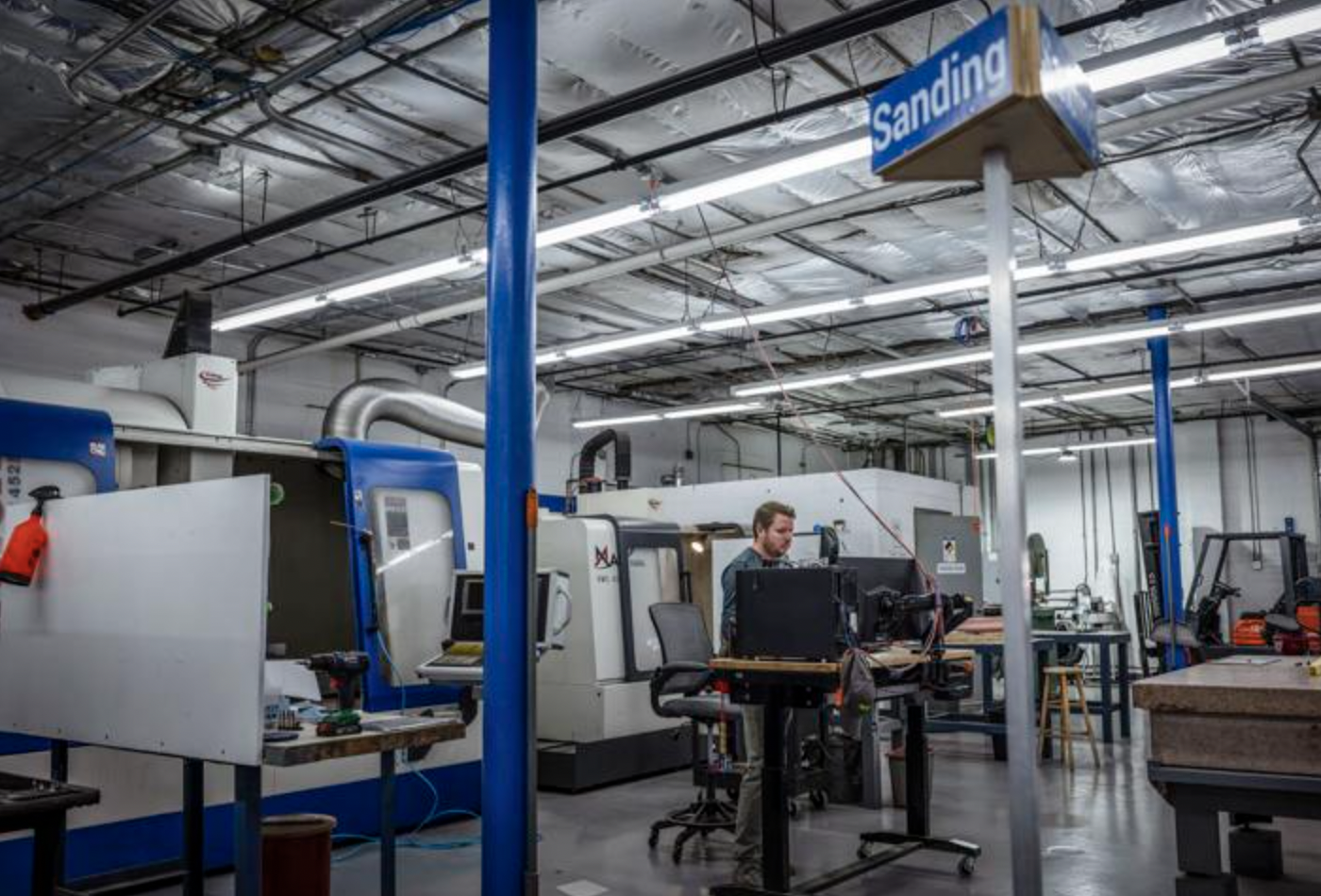FAQ: Carbon Fiber as a Material
Understand the unique properties of carbon fiber, why it’s valued for strength and lightness, and how it compares to metals and other composites.
What makes carbon fiber stronger and lighter than metals like steel or aluminum?
- Carbon fiber has a unique internal structure that gives it high strength while weighing much less than most metals.
Why does carbon fiber cost more than other materials?
- It’s more expensive to produce because it requires specialized raw materials, energy-intensive processing, and skilled labor.
Is carbon fiber safe to handle, cut, or touch during the manufacturing process?
- Once cured, carbon fiber is safe to touch, but cutting or sanding it produces fine dust that requires protective equipment.
How does carbon fiber hold up to heat, chemicals, and impact?
- It resists heat and most chemicals well, but its performance under impact depends on how the part is built and what resin is used.
Can carbon fiber be used in high-temperature or flame-resistant applications?
- Yes, but only when paired with special resins designed for extreme heat or flame resistance.
At the end of its lifecycle, can carbon fiber be reused or recycled?
- Carbon fiber can be recycled, but the recycled material is usually less strong, and is often used in non-structural applications.
What types of stress or damage can cause carbon fiber to fail?
- Carbon fiber can be damaged by repeated impacts, overloading, or poor design that causes stress to concentrate in weak areas.
How much weight or pressure can carbon fiber parts typically handle?
- Carbon fiber's strength and weight capacity depend on its design, resin, fiber orientation, and the stresses it will face. It has very high tensile strength (up to 7,000 MPa) and a strong strength-to-weight ratio, ideal for aerospace, automotive, and sports uses.
Are there different types of carbon fiber? How do they affect performance?
- Yes, some types are stiffer, some are stronger, and each type is selected based on the specific needs of the part.
How does carbon fiber compare to materials like titanium in terms of strength and cost?
- Carbon fiber is lighter and often stronger by weight, while titanium is tougher and sometimes more affordable for small projects.



